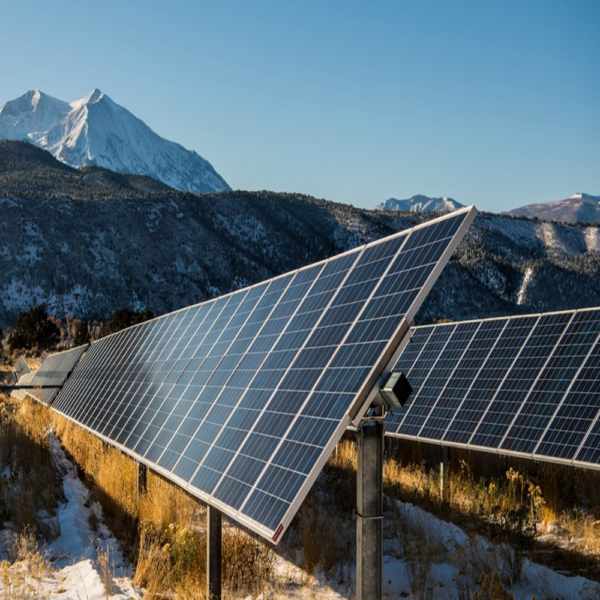
CALIFORNIA — The shutdown of California’s $2.2 billion Ivanpah Solar Power Facility has captured headlines nationwide, sparking debate over whether the closure marks a setback for renewable energy. Experts, however, say the project’s end signals something very different — the pace of technological evolution and the growing dominance of more efficient solar systems.

The Ivanpah plant, which began generating electricity in 2014, was one of the largest concentrated solar power (CSP) facilities in the world. Built with $1.6 billion in U.S. Department of Energy loan guarantees, it stood as a symbol of early clean energy ambition. Now, just over a decade later, its closure has been cast by some critics as a failure.
“Ivanpah is yet another failed green energy boondoggle, much like Solyndra,” said Jason Isaac, CEO of the American Energy Institute, in an interview with Fox News.
California utility Pacific Gas & Electric (PG&E), Ivanpah’s primary customer, announced earlier this year that it would terminate its long-term offtake agreement — originally intended to last until 2039 — citing high operational costs and poor cost efficiency.
The CSP facility used 173,500 mirrors, or heliostats, to focus sunlight onto three 400-foot collection towers that heated liquid to produce steam and generate electricity. However, the plant’s reliance on natural gas for startup operations and its below-expected power output ultimately limited its financial sustainability.
According to PG&E’s analysis, Ivanpah’s “high operating costs and lower-than-expected production” led the utility to withdraw. The decision highlights the technology’s struggle to compete with modern solar photovoltaic (PV) systems, which have become far cheaper and easier to deploy.
Yet, energy analysts say the Ivanpah project’s demise is not evidence of a broader solar failure — but rather a reflection of the dramatic improvements in solar photovoltaic efficiency and affordability.
Since Ivanpah came online, the cost of solar PV has fallen more than 90%, transforming the economics of clean energy. In 2014, solar represented less than 1% of the U.S. energy mix. Today, it contributes over 12% and is the nation’s fastest-growing source of new generation capacity. The Federal Energy Regulatory Commission (FERC) projects solar will surpass wind power as the top renewable source in 2025, and soon after, overtake coal as the nation’s second-largest capacity contributor.
While CSP systems like Ivanpah depend on massive land footprints, complex mechanics, and costly maintenance, PV plants convert sunlight directly into electricity through semiconductor materials, offering faster installation and greater scalability.
Globally, CSP accounts for only 0.06% of installed solar capacity, according to SolarPACES, while PV dominates nearly the entire market.

Financial data further supports solar’s success story. According to Lazard’s Levelized Cost of Energy (LCOE) analysis, unsubsidized utility-scale solar costs range from $0.038 to $0.078 per kWh, making it one of the most cost-effective power sources available — cheaper even than fossil fuels.
“On an unsubsidized $/MWh basis, renewable energy remains the most cost-competitive form of generation,” Lazard’s report stated. “As such, renewable energy will continue to play a key role in the buildout of new power generation in the U.S. This is particularly true in the current high power demand environment, where renewables stand out as both the lowest-cost and quickest-to-deploy generation resource.”
In comparison, natural gas “peaker” plants produce electricity at $0.138 to $0.262 per kWh, more than triple the cost of new-build solar. Rising interest rates have also made fossil fuel and nuclear projects even less attractive for investors.
In this context, Ivanpah’s closure appears less like a solar industry misstep and more like the natural sunset of a pioneering but outdated technology.
Analysts note that Ivanpah played a critical early role in advancing solar engineering and proving large-scale clean power’s viability — much like the early wind farms and geothermal projects that laid the groundwork for modern renewables.
The legacy of Ivanpah, therefore, lies not in its financial failure, but in the technological path it helped open. As solar continues to evolve, the lessons learned from Ivanpah’s ambitious experiment will inform future innovations that make clean power even cheaper, more efficient, and more widespread.
Originally reported by Ryan Kennedy in PV Magazine.